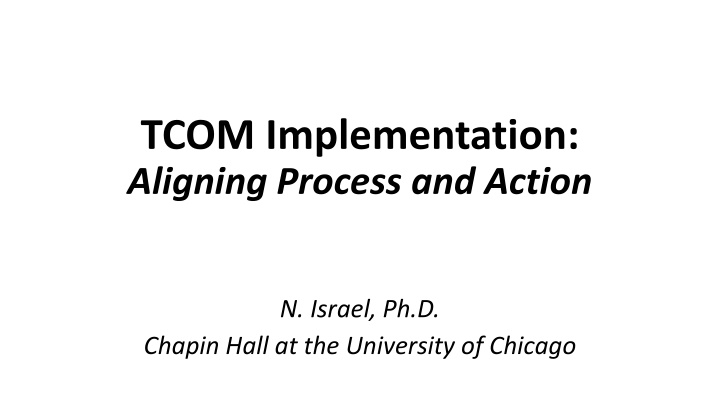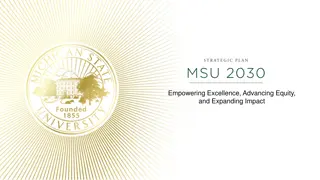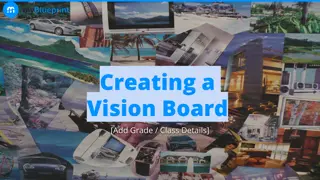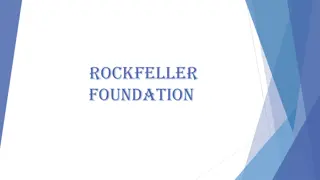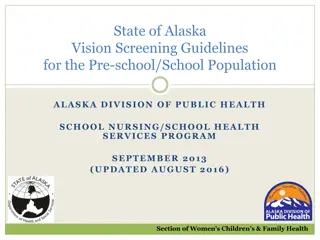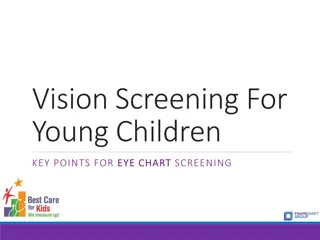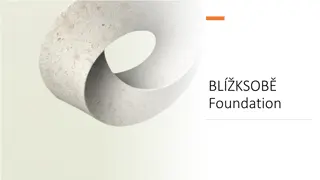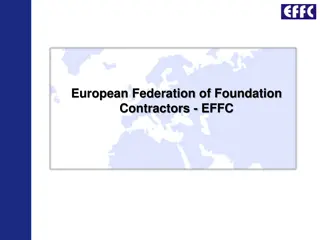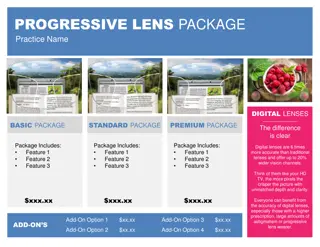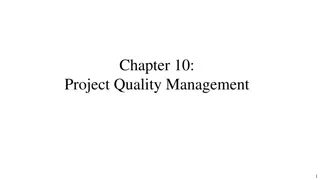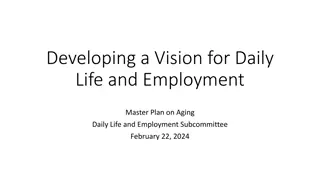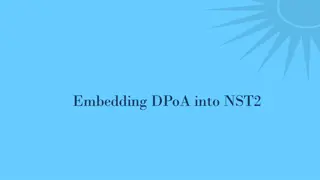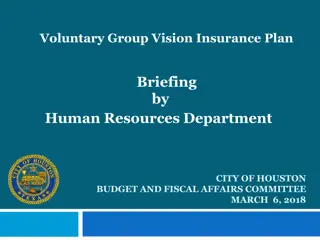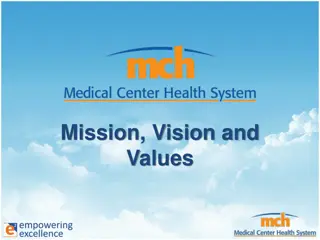A Vision of Excellence in Assessment Session: Foundation of Quality Assessment
In this session, Rick Stiggins delves into the foundation of quality assessment, emphasizing the importance of assessment literacy and accurate reflection of student learning. Participants will learn about key principles and practices for developing effective assessments and communicating results. Explore the critical role of assessment literate educators and the significance of accuracy in pre-pandemic assignments.
Download Presentation

Please find below an Image/Link to download the presentation.
The content on the website is provided AS IS for your information and personal use only. It may not be sold, licensed, or shared on other websites without obtaining consent from the author.If you encounter any issues during the download, it is possible that the publisher has removed the file from their server.
You are allowed to download the files provided on this website for personal or commercial use, subject to the condition that they are used lawfully. All files are the property of their respective owners.
The content on the website is provided AS IS for your information and personal use only. It may not be sold, licensed, or shared on other websites without obtaining consent from the author.
E N D
Presentation Transcript
TCOM Implementation: Aligning Process and Action N. Israel, Ph.D. Chapin Hall at the University of Chicago
Goals Identify What we Know About Implementation Define Stages of TCOM Implementation Work through an Implementation Example Use a Structured Implementation Process Tool Come to a Common Understanding of Progress and Next Actions
What We Know Innovation Adoption Curves Drivers of Implementation Stages of Implementation
Fixsen, et al.: Key Ideas Drivers of Implementation Integrated and Compensatory Stages of Implementation Planned Organizational Change
Fixsen, et al.: Implementation Drivers Recruitment and Selection Preservice Training Consultation and Coaching Staff Performance Evaluation Decision Support Data System Facilitative Administrative Supports Systems Interventions
NIRN Implementation Framework Staff Performance Evaluation Decision Support Data Systems Consultation & Coaching Integrated & Compensatory Preservice Training Facilitative Administrative Supports Recruitment And Selection Systems Interventions Fixsen, Blase, Naoom, & Wallace, 2009
Henry, Lardner, Israel: Key Ideas Adapting Fixsen et al s Stages of Implementation to Whole-System Adoption of TCOM Identifies Implementation as a Cycle of Planned Change Begins to Identify the Supports Needed at each level to Help Children and Youth Meet their Health and Wellness Goals
TCOM Implementation Tools: Facilitating Excellence at Every Level Identifying Strengths and Needed Supports so that people at every level of the system are centered on helping children, youth, and families achieve their health and wellness goals Designed to help people keep this as their focus so that we can achieve what we really care about, and what brought us into this work in the first place
Making Collaboration Real: Shared Accountability for Achieving Child and Youth Goals
Multi-Level Support Process Goal is to insure that everyone, at each level of the system, has the supports and competencies needed to help align the system to better meet the needs and build / build on the strengths of children, adults, and families
Manager / Administrator Level: IPV TCOM Implementation Progress Visualization (IPV) is designed to be used at the program level or higher (scalable) Identifies the organization s stage of TCOM implementation Provides an Implementation Dashboard which allows for a very rapid assessment of current progress in TCOM implementation Makes identification of next steps a more structured, straightforward process
All Together Now: 360 View of TCOM Allows for Needs and Strengths to be identified at each level of the system Uses a 0-3 rating system which quickly translates to action steps Gives voice to the competencies and support needs of persons implementing any TCOM-based tool Makes alignment an explicit part of system work, rather than just an abstract concept
